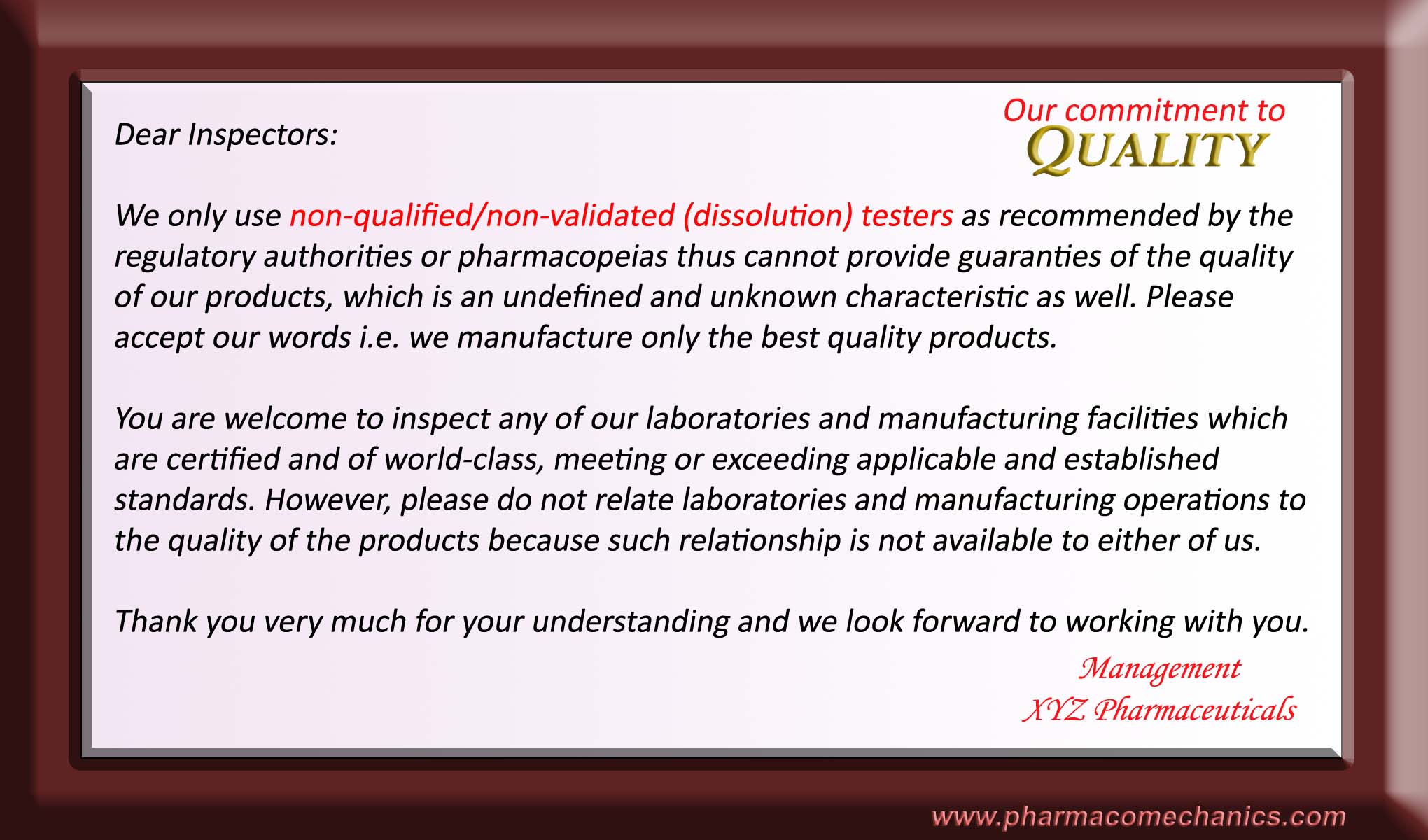
Link for relevant discussion (1)

Link for relevant discussion (1)
Question:
How i can enhance Pioglitazone Hydrochloride dissolution profile results in combination with metformin HCl tablet ????
My response:
It is a common question/issue, i.e., people ask that they do not observe, expected or desired drug dissolution characteristics of a product but faster or slower. The simple and direct answer to such a question should be to change/adjust the product formulation/manufacturing attributes accordingly. In fact, that should be the only option or advice provided. Unfortunately, often as one does not know the formulation (usually not disclosed), thus no one can provide any useful advice in this regard.
On the other hand, at present, formulators have been convinced and/or trained to seek changes or adjustments in the dissolution method to obtain the characteristics they like to see. Such dissolution method adjustments are commonly promoted as science and method development practices. I call this “Fashionable Nonsense” as this practice is neither scientifically valid nor of any practical use (link). So please avoid such a practice.
To address such a problem/question, I would ask how you would know that your dissolution observations/results are correct. Is your method capable of providing accurate and/or valid dissolution results? That is, is the method you used been validated to determine the dissolution characteristics of a product? The answer is NO, i.e., none of the testers/methods, as recommended, are currently qualified and/or validated for dissolution testing. Thus, one cannot determine the dissolution characteristics of any product (link). The dissolution results that you are seeing are simply an illusion, not the actual dissolution characteristics of the product. Therefore, it is impossible to address the problem using currently recommended testers/methods. This is hard to believe, but it is a scientific fact.
Considering this background, I have suggested a modified stirrer, known as a crescent-shape spindle, based tester, which addresses the issues and provide far better dissolution testing and product characterization. You may read the details about it here. If you require further information, I will be happy to explain it further.
Best of luck!

Link for relevant discussion (1)
It is often argued that validation of dissolution tests/testers can be, or has been, achieved using IVIVC based on convolution/deconvolution (CON/DECON) methods. Further, more recently, applying PBPK (Physiologically Based Pharmacokinetic) modeling/simulation techniques. Unfortunately, this is scientifically incorrect and an invalid view and practice.
In reality, CON/DECON and PBPK techniques are mathematical/statistical techniques using experimentally in vitro and in vivo results. While applying mathematical techniques, mathematicians/statisticians make a fundamental assumption that the data/results provided to them are relevant and valid, obviously obtained using qualified and/or validated tests and testers. The analytical laboratory ensures that the results are obtained using qualified and validated tests and testers. The critical thing to note here is that CON/DECON and PBPK are mostly software applications used to transform in vitro results into in vivo. They are not to show or prove that testers/tests used were validated or qualified but to work on the assumption that testers/tests were appropriately validated. Stating that CON/DECON or PBPK techniques establish that dissolution results were obtained using validated/qualified tests/testers is a scientifically invalid view and, unfortunately, reflects misunderstood concept of the mathematical/statistical techniques applied.
It is of utmost importance to note that before using dissolution results for any purpose (e.g., eyeballing, similarity factor, tolerances setting, QC/QA, CON/DECON, PBPK, or any other sophisticated statistical analyses) one has to establish that results obtained were from qualified or validated tests/testers. This qualification/validation has to be done PRIOR and INDEPENDENTLY, and not using products under development or assessment. If dissolution testers provide irrelevant and erratic results, which they do especially paddle and basket. In that case, any modeling or statistical technique will not help to get relevant results or correct the problem. It will be a complete waste of time and resources. Therefore, one must first focus on developing and using qualified and validated dissolution testers. In short, as the currently recommended testers have never been qualified and validated independently, thus use of techniques mentioned, such as CON/DECON, PBPK, simulation/modeling, and other statistical analyses, becomes void and is of no practical use. Therefore, one must first focus on establishing or developing qualified and validated dissolution testers, if valid and successful use of IVIVC or PBPK is desired.

See here for details (1)

See here for details (1)
Dear regulatory and pharmaceutical scientists, please note that all dissolution tests described in the USP and/or FDA database lack scientific basis and are invalid for assessing any drug product characteristics, including quality. The recommended testers and associated methods have never been validated and/or qualified for the intended purpose. These tests are conducted as a regulatory requirement, which forces people/industry to use the testers and the methods resulting in false claims regarding the quality of products. To be scientifically valid, the tests must be product-independent, and testers must be validated and qualified for testing products for human use. Please pay attention!